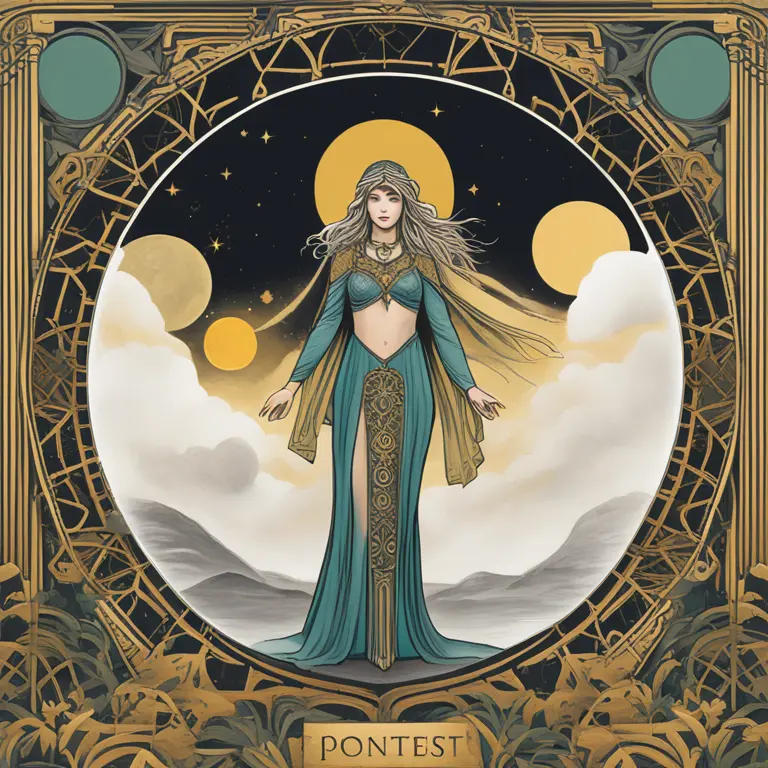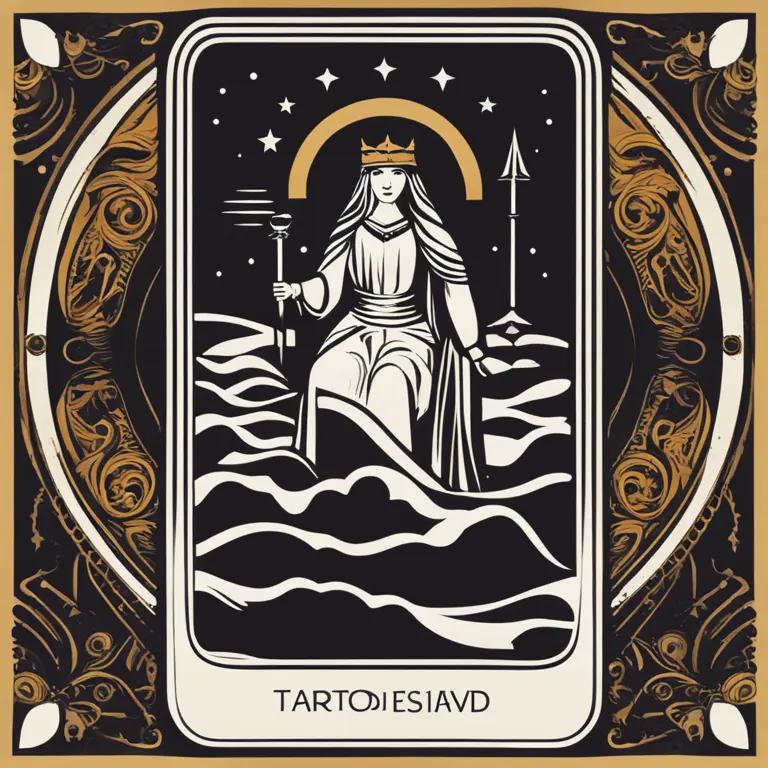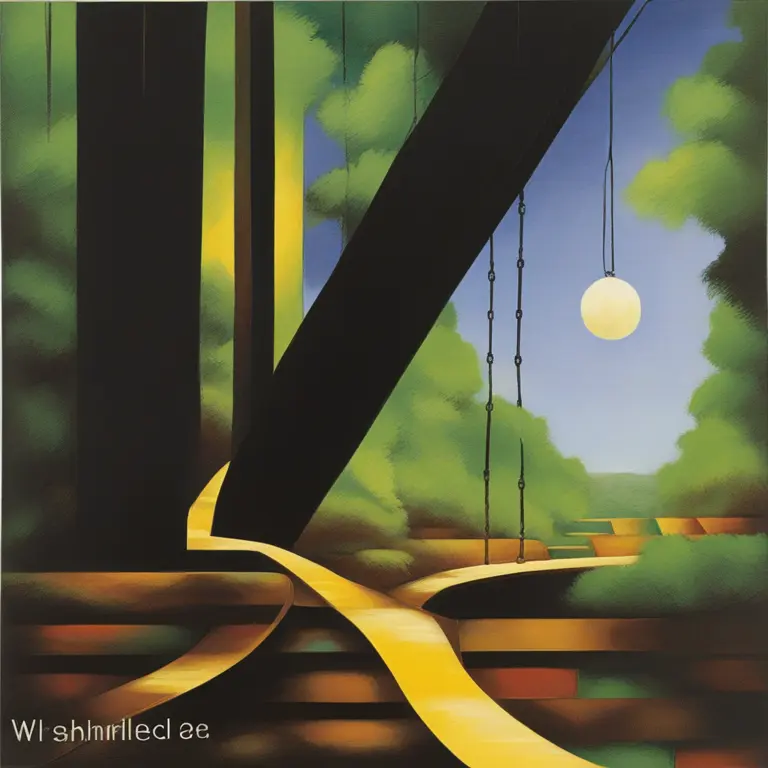
Introduction to Reversed Tarot
Understanding the language of tarot cards is an intricate process, and one cannot overlook the importance of their orientation. In the realm of tarot readings, we often encounter cards that appear upside down, known as reversed cards. These cards can cause a stir of curiosity or even concern. But what do they truly signify? In this article, we delve into the realm of reversed tarots, examining their meanings and implications in our lives. Reversed tarot cards are indeed a significant element in the diverse tapestry of cartomancy.

Reversed Cards: Amplified Meanings
When a tarot card is drawn in reverse, it's commonly perceived as the antithesis of its upright meaning. In practice, a reversed card doesn't simply denote the opposite, but can amplify or internalize the message it carries. For instance, the Tower reversed might not suggest outright catastrophe but rather an avoided disaster or internal upheaval. Its appearance bids us to pay close attention and heed the nuanced advice embedded in the card's symbolism, urging us to reflect on potential internal changes.

Obstacles and Challenges
Reversed cards may also hint at the obstacles we face or challenges lying ahead. They invite us to explore beyond surface appearances, seeking deeper introspection. Encountering the Devil reversed can hint at a battle with inner demons or breaking free from self-imposed chains. Such cards encourage resilience, reminding us that the way we navigate life's hurdles can unleash powerful personal growth and transformation.

Unrealized Potentials
The world of tarot acknowledges that each card's energy exists on a spectrum. Reversed tarot cards can represent latent or unrealized potentials. When the High Priestess appears inverted, it might signal ignored intuition or knowledge yet to surface. Recognizing these energies allow us to unlock hidden talents or insights, extending an invite to explore neglected aspects of our psyche.

Internal Focus and Reflection
A crucial aspect of upside-down tarot cards is the shift from external events to internal processes. The appearance of the Hermit reversed might imply that a period of solitude has turned into isolation, urging us to seek meaningful connections. Reversed tarot cards often prompt self-reflection, propelling personal explorations, and nurturing internal dialogues.
Reversed Cards in Modern Readings
Contemporary tarot practitioners increasingly view reversed cards through a lens of complexity rather than mere negativity. It's essential to approach each reversed card with an open mind, alert to its potential to enlighten and guide. The growth in digital tarot applications has also allowed for a more nuanced understanding, ensuring the wisdom of the tarot is accessible anytime, anywhere, and in any orientation.
Closing Thoughts on Upside-Down Cards
Reversed tarot cards undeniably add depth and texture to a reading. They echo the multifaceted nature of our life experiences, reminding us that there are many layers to every situation. By embracing and interpreting these cards within the context of our unique paths, we can harness their insights to navigate our journeys with greater wisdom and understanding.
Published: 2/8/2024
Modified: 2/8/2024
More predictions
Come back here soon to learn more about yourself and your future


No Zodiac Sign? Here's What It Means for You
Discover the unique standing and implications for individuals without a zodiac sign in the mystical realms of astrology and how it shapes their identity.


Today's Zodiac Forecast: Cosmic Insights
Delve into your daily zodiac horoscope for fresh celestial guidance and astrological outlook tailored for your star sign.


The Cancer Zodiac Profile: Insights & Characteristics
Discover the deep emotional world of Cancer, the fourth sign in the zodiac, revealing their traits, compatibility, and future prospects for 2024 and beyond.